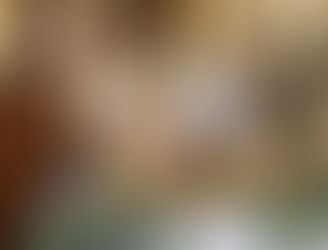SHARP in Perpetuity: Preserving SHARP’s Work for Posterity and Creating the “SHARPive”
- Feb 22, 2024
- 2 min read
Updated: Feb 24, 2024

As archaeologists we all understand that excavation is destructive. Each time we put a trowel or mattock in the soil we destroy what we so fervently seek. This is why we’ve been taught to record the remains we discover systematically and meticulously in triplicate via drawn, written, and photographic records. These records, along with the surviving material remains or finds, help us to interpret and write up what we’ve discovered. Just as importantly these material remains and records are there for future archaeologists to study using their improved knowledge and better technology or techniques. They can use them to revisit and reinterpret the site and the archaeological story initially proposed by their predecessors.
Making sure that a site’s finds and records are created, packaged, stored, and collated in such a way that they’ll be preserved for posterity is a key responsibility of being an archaeologist. This is why in 2024 SHARP is launching a project to start consolidating its archives. With a substantive grant from Norfolk and Norwich Archaeological Society, and the advice and support of Norfolk Museums Service, SHARP will start a long-term project to bring its archives in line with national and regional standards for archaeological archives. The first phase of the project will include a full audit of the entire archive (itself composed of material, documentary, and digital archives) and the reorganisation, cataloguing and repackaging of the documentary archive. As part of this work the archiving team hopes to train as many volunteers as possible in basic archival best practice and to give volunteers the opportunity to work directly with SHARP’s archives. Volunteers can sign up to the ‘Archiving’ day school (find out more about this here) and are then encouraged to volunteer with the archives in the following weeks.
Volunteering with the SHARP archiving team could include making a start on the audit by compiling a spreadsheet of all boxes and their contents within one of our material archives, e.g. the animal bones stores or the pottery archive, or it could be reorganising, repackaging, and cataloguing the very first written records ever made by SHARP during the 1996 excavations on Boneyard. Alternatively, while sorting out a box of paperwork you could unearth a long-forgotten dissertation on Iron Age brooches that has been buried in the archives since 2001. That dissertation can then be catalogued, scanned and made available for researchers to use. With twenty-seven fieldwork seasons behind us and numerous excavation sites, geophysical survey projects, fieldwalking, building surveys, and other types of research projects contributing to our vast archives there is a wide range of material to get to know. The beauty of it is that you’ll get a broad view of the Project and get to figuratively meet a host of characters from SHARP’s past who’ve left their mark on the archives.
The ultimate hope is that by instigating this new project SHARP can consolidate and preserve its archives for future generations, making them more accessible, whilst training a new group of archivists who can take the knowledge gained and apply it either at SHARP or in their wider areas of interest.











































Comments